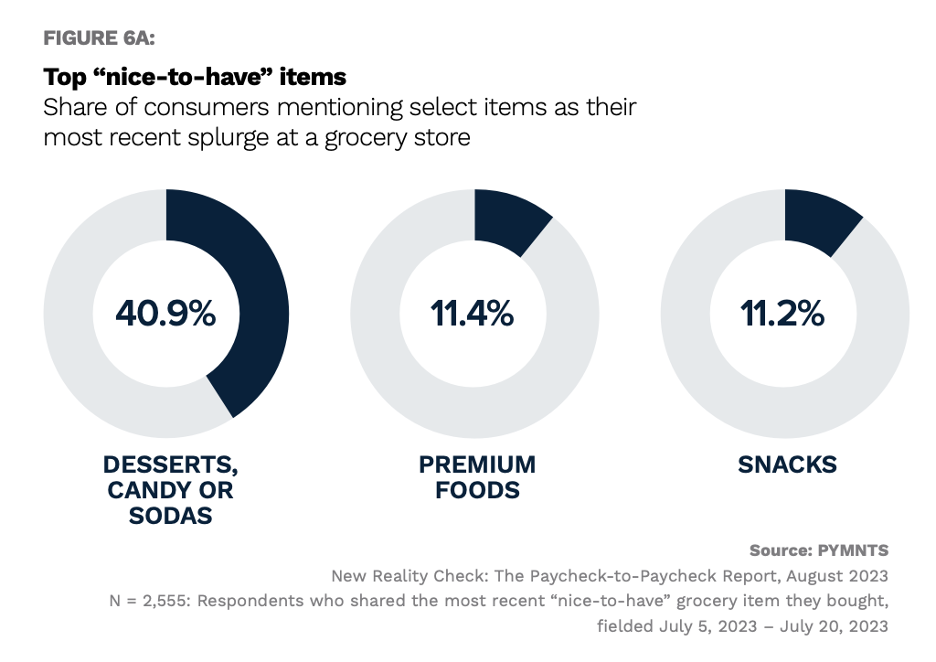Lower Income Consumers Feel the Pressure of Weaker Labor Market

After two years of persistent inflation levels above wages, the economy of U.S. households is beginning to show signs of weakness, leaving consumers struggling to maintain their purchasing power and financial stability. Many individuals have depleted a significant portion of their savings to keep up with everyday expenses. Furthermore, consumers have started cutting back on indulgent expenses such as travel or leisure events, and are exhibiting more conservative behavior in essential spending, seeking deals and discounts or swapping their usual retail stores for cheaper alternatives. The lower-income segment is leading this trend toward more selective and rational consumption.

According to a recent study conducted by PYMNTS Intelligence, 85% of U.S. consumers feel that their wages have not kept pace with inflation, with most of them reporting that persistent high prices worsen daily life. Furthermore, nearly 60% of consumers live paycheck to paycheck, as revealed in separate PYMNTS research, a proportion that has remained stable in the last two years. These research findings illustrate the financial constraints many households have been facing for a long time. The situation is even worse among low-income consumers (those with annual earnings below $50,000), with more than 75% living paycheck to paycheck.
As a result, consumers have seen their purchasing power diminish and are adjusting their consumption habits in both essential and non-essential spending accordingly. Recent data shows people are now more willing to skip or make partial credit card payments and give up some non-essential expenses, such as digital media subscriptions, leisure or travel, than they were one year ago. Indeed, on average, 74% of consumers have curtailed non-essential retail spending as compared to the previous year.
When it comes to essential categories, consumers are also becoming more rational and selective in their spending. The rising prices have led to a surge in deal chasing, for instance. To make ends meet, nearly half of grocery shoppers now prioritize finding better deals when choosing where to shop. Other than finding discounts or tapping cheaper options, they are also reducing expenses in those grocery categories considered not “essential,” or “nice-to-have” items such as desserts, candies, snacks, or premium foods.

In conclusion, rising prices have led to a shift in consumer behavior, especially among those in lower-income brackets, that is likely to have significant implications for retailers. Consumers have been resilient so far, thanks to a strong labor market in the last years, despite the pandemic effects. But in an environment where a significant portion of household budgets goes toward food, clothing and shelter, consumers may seek cheaper options to meet their needs. This includes low-cost retail banners, private-label brands and in the end, cost-cutting in non-essential items, an attitude that may ripple through the upcoming holiday spending season and even beyond.